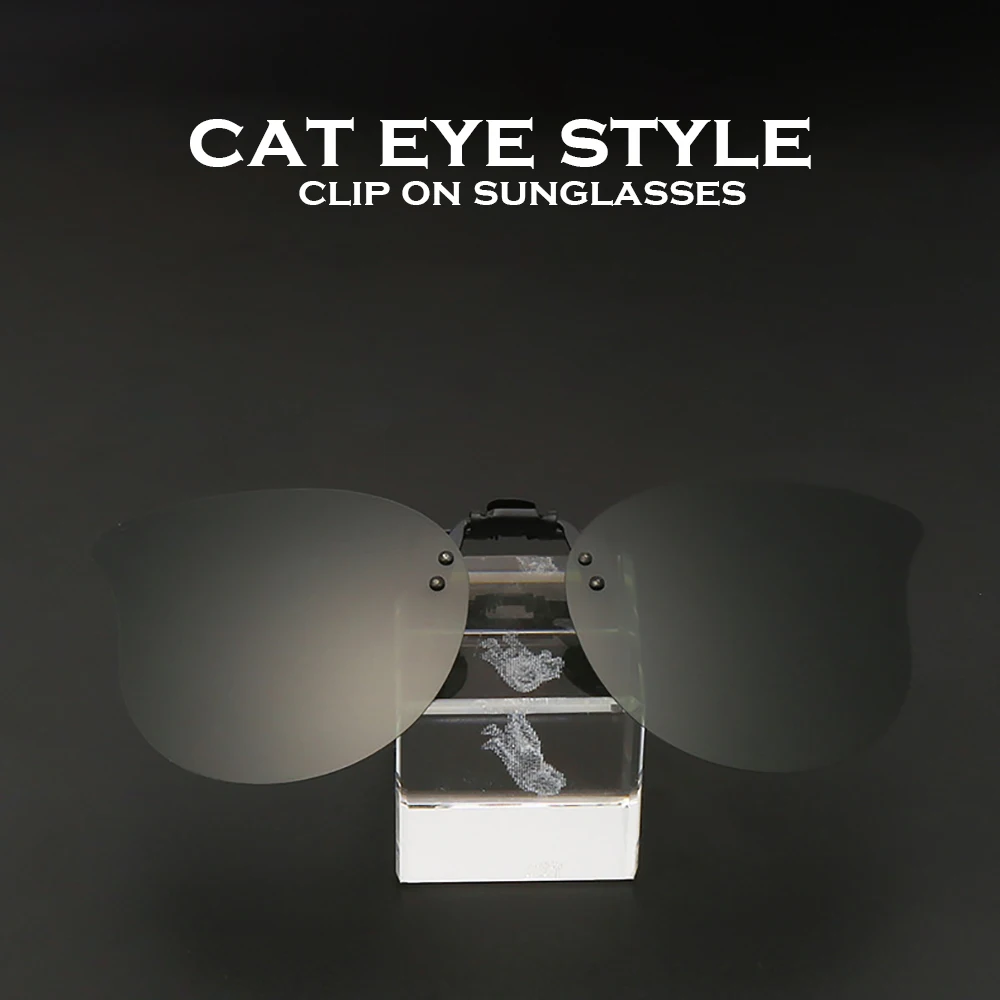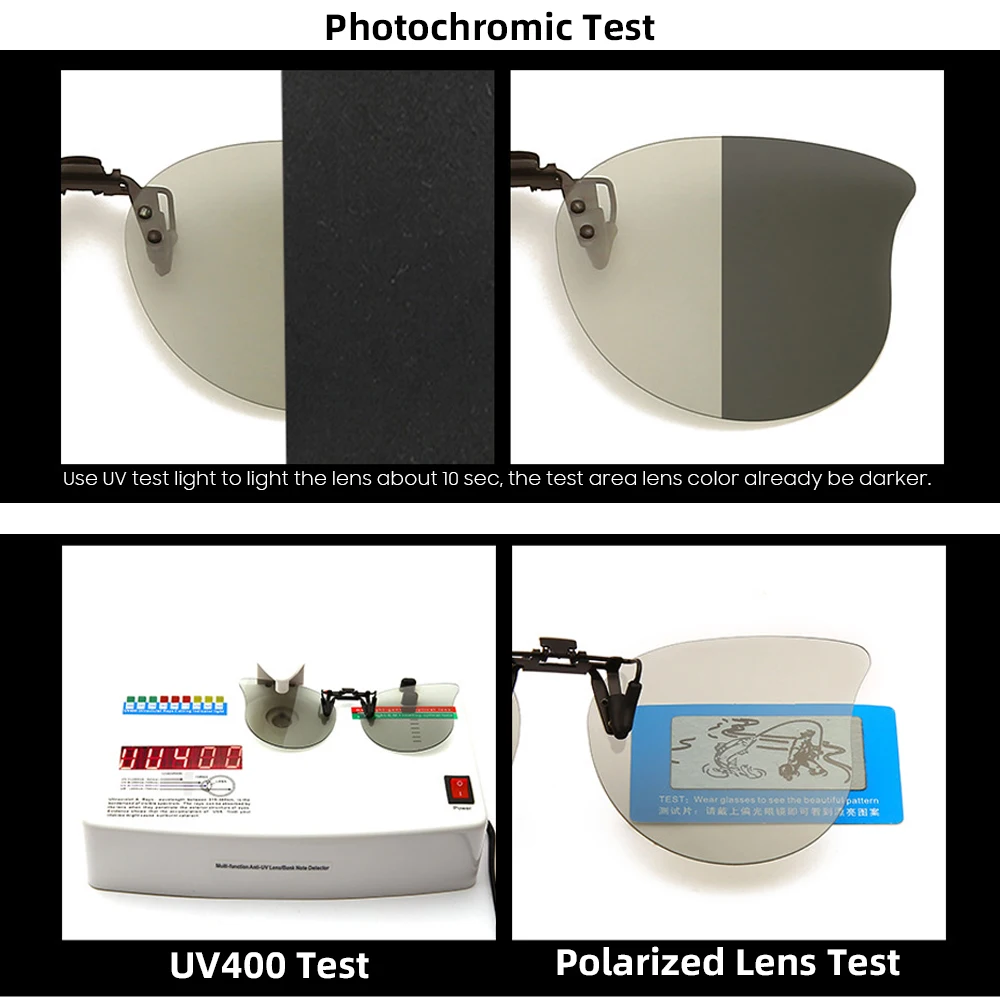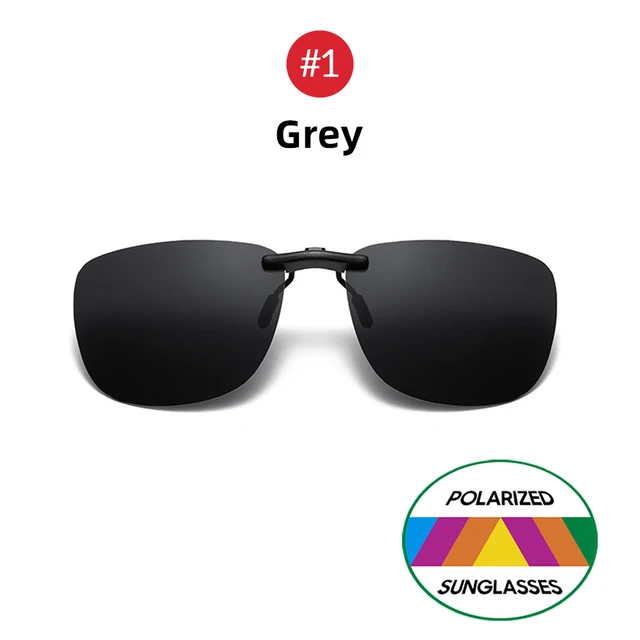Understanding Polarized Lenses: Your Ultimate Guide to UV Protection

Polarized sunglasses have become increasingly popular due to their ability to reduce glare and improve visual comfort. However, many people still have questions about their benefits, differences from other types of lenses, and proper care. In this comprehensive guide, we answer the most common questions about polarized lenses to help you make an informed decision.
 Yes, UV 400 and 100% UV protection are essentially the same. UV 400 means the lenses block all light rays with wavelengths up to 400 nanometers, which includes both UVA and UVB rays. This ensures comprehensive protection against the harmful effects of ultraviolet radiation. UV protection is crucial in preventing long-term eye damage such as cataracts, macular degeneration, and photokeratitis.
Yes, UV 400 and 100% UV protection are essentially the same. UV 400 means the lenses block all light rays with wavelengths up to 400 nanometers, which includes both UVA and UVB rays. This ensures comprehensive protection against the harmful effects of ultraviolet radiation. UV protection is crucial in preventing long-term eye damage such as cataracts, macular degeneration, and photokeratitis.
Outline
- Is Polarised worth the extra money?
- Is UV 400 the same as 100% UV protection?
- Is UV 400 the same as polarized?
- Is UV400 polarized?
- What are the benefits of polarized glasses over regular sunglasses?
- What are the disadvantages of polarized sunglasses?
- What color polarized lens is best?
- What damages polarized lenses?
- What does 100% UV sunglasses mean?
- What is the best color for Polarised lenses?
1. Is Polarised worth the extra money?
Yes, polarized lenses are often worth the extra money for many people. They significantly reduce glare from reflective surfaces such as water, snow, and roads, which enhances visual comfort and clarity. This is particularly beneficial for outdoor activities like fishing, boating, skiing, and driving. The improved visual clarity and reduced eye strain can justify the higher cost for those who frequently engage in these activities. Additionally, the reduction in glare can help prevent accidents and improve safety in bright environments.2. Is UV 400 the same as 100% UV protection?
 Yes, UV 400 and 100% UV protection are essentially the same. UV 400 means the lenses block all light rays with wavelengths up to 400 nanometers, which includes both UVA and UVB rays. This ensures comprehensive protection against the harmful effects of ultraviolet radiation. UV protection is crucial in preventing long-term eye damage such as cataracts, macular degeneration, and photokeratitis.
Yes, UV 400 and 100% UV protection are essentially the same. UV 400 means the lenses block all light rays with wavelengths up to 400 nanometers, which includes both UVA and UVB rays. This ensures comprehensive protection against the harmful effects of ultraviolet radiation. UV protection is crucial in preventing long-term eye damage such as cataracts, macular degeneration, and photokeratitis.
3. Is UV 400 the same as polarized?
No, UV 400 and polarized are not the same. UV 400 refers to the level of UV protection the lenses provide, ensuring they block 100% of harmful UV rays. Polarized lenses, on the other hand, are designed to reduce glare from reflective surfaces. While many polarized lenses also offer UV 400 protection, the two features address different aspects of eye protection and visual comfort. It’s important to understand that while UV protection shields your eyes from harmful rays, polarization enhances visual clarity and comfort by reducing glare.4. Is UV400 polarized?
Not necessarily. While many polarized lenses come with UV400 protection, not all UV400 lenses are polarized. UV400 indicates the lenses block all UV rays, but they might not have the special filter that reduces glare from reflective surfaces. It’s important to check the product specifications to ensure you get both features if needed. When purchasing sunglasses, look for labels that specify both UV400 protection and polarization to get the full benefits.5. What are the benefits of polarized glasses over regular sunglasses?
Polarized glasses offer several advantages over regular sunglasses:- Reduced Glare: They minimize glare from surfaces like water, roads, and snow, which can significantly improve visual clarity and comfort.
- Enhanced Visual Comfort: Reducing glare helps reduce eye strain and discomfort, making polarized sunglasses ideal for prolonged outdoor use.
- Improved Clarity and Contrast: They provide sharper vision and better contrast in bright conditions, which can be particularly beneficial for activities such as driving, fishing, and sports.
- Better Protection: Many polarized lenses also include UV protection, safeguarding your eyes from harmful rays while enhancing your visual experience.
6. What are the disadvantages of polarized sunglasses?
While polarized sunglasses offer many benefits, there are some disadvantages:- Difficulty Viewing LCD Screens: Polarized lenses can make it hard to see images on LCD or LED screens, such as those on phones, tablets, and car dashboards. This can be inconvenient in certain situations where you need to view digital displays frequently.
- Higher Cost: They are typically more expensive than non-polarized sunglasses due to the additional technology used in the lenses.
- Limited Use: In some specific situations, such as skiing or flying, they might not be ideal because they can obscure important reflections or glares. Pilots, for instance, often avoid polarized lenses because they can make it difficult to read instrument panels and see other aircraft.
7. What color polarized lens is best?
The best color for polarized lenses depends on the activity and lighting conditions:- Gray: Ideal for general use, reducing brightness while preserving natural color balance. Gray lenses are versatile and suitable for everyday wear.
- Brown/Amber: Enhances contrast and depth perception, making them great for driving and sports. These lenses work well in varying light conditions, providing clarity in both sunny and cloudy weather.
- Green: Offers good contrast and color accuracy, suitable for various outdoor activities. Green lenses are particularly effective in reducing glare and enhancing contrast in bright environments.
8. What damages polarized lenses?
Polarized lenses can be damaged by:- Scratches: Avoid abrasive materials and clean with a soft cloth. Scratches can significantly impair the performance of polarized lenses by disrupting the polarized coating.
- Chemicals: Harsh chemicals can degrade the polarized coating. Always use lens cleaners that are specifically formulated for polarized lenses.
- High Temperatures: Prolonged exposure to high temperatures can warp or delaminate the lenses. Avoid leaving your sunglasses in hot environments, such as the dashboard of a car on a sunny day.
9. What does 100% UV sunglasses mean?
100% UV sunglasses block all ultraviolet rays, providing complete protection from both UVA and UVB radiation. This is crucial for preventing eye conditions like cataracts, macular degeneration, and photokeratitis, which can result from prolonged UV exposure. When shopping for sunglasses, ensure they are labeled as providing 100% UV protection to safeguard your eyes effectively.10. What is the best color for Polarised lenses?
As mentioned earlier, the best color for polarized lenses depends on your specific needs:- Gray: General use, balanced color perception. Gray lenses are ideal for reducing overall brightness while preserving natural color tones.
- Brown/Amber: Enhanced contrast, ideal for variable light conditions. These lenses improve depth perception and are excellent for activities such as driving and outdoor sports.
- Green: Good contrast and visual acuity for outdoor activities. Green lenses are effective in bright conditions and help reduce eye strain by enhancing contrast and clarity.












